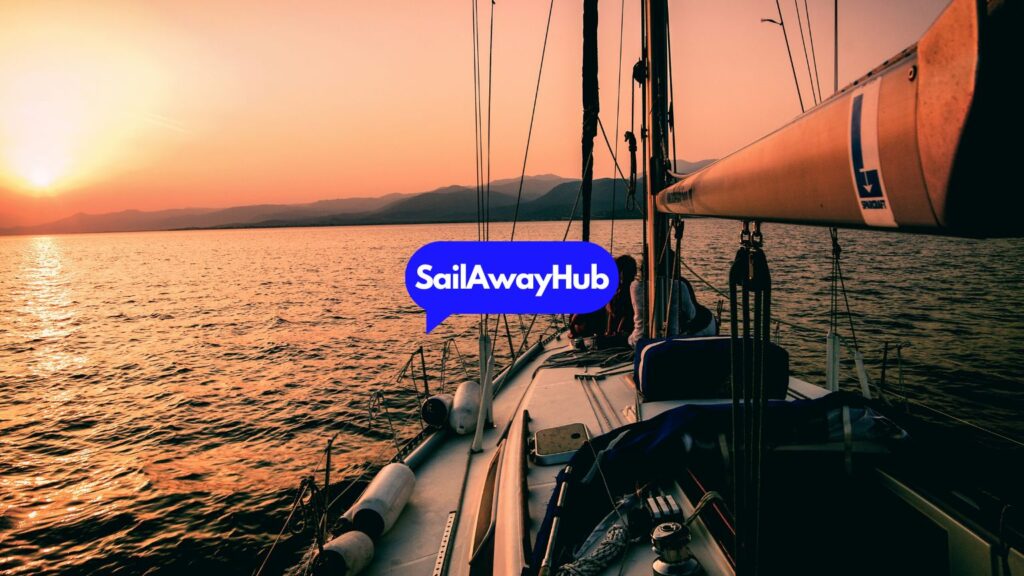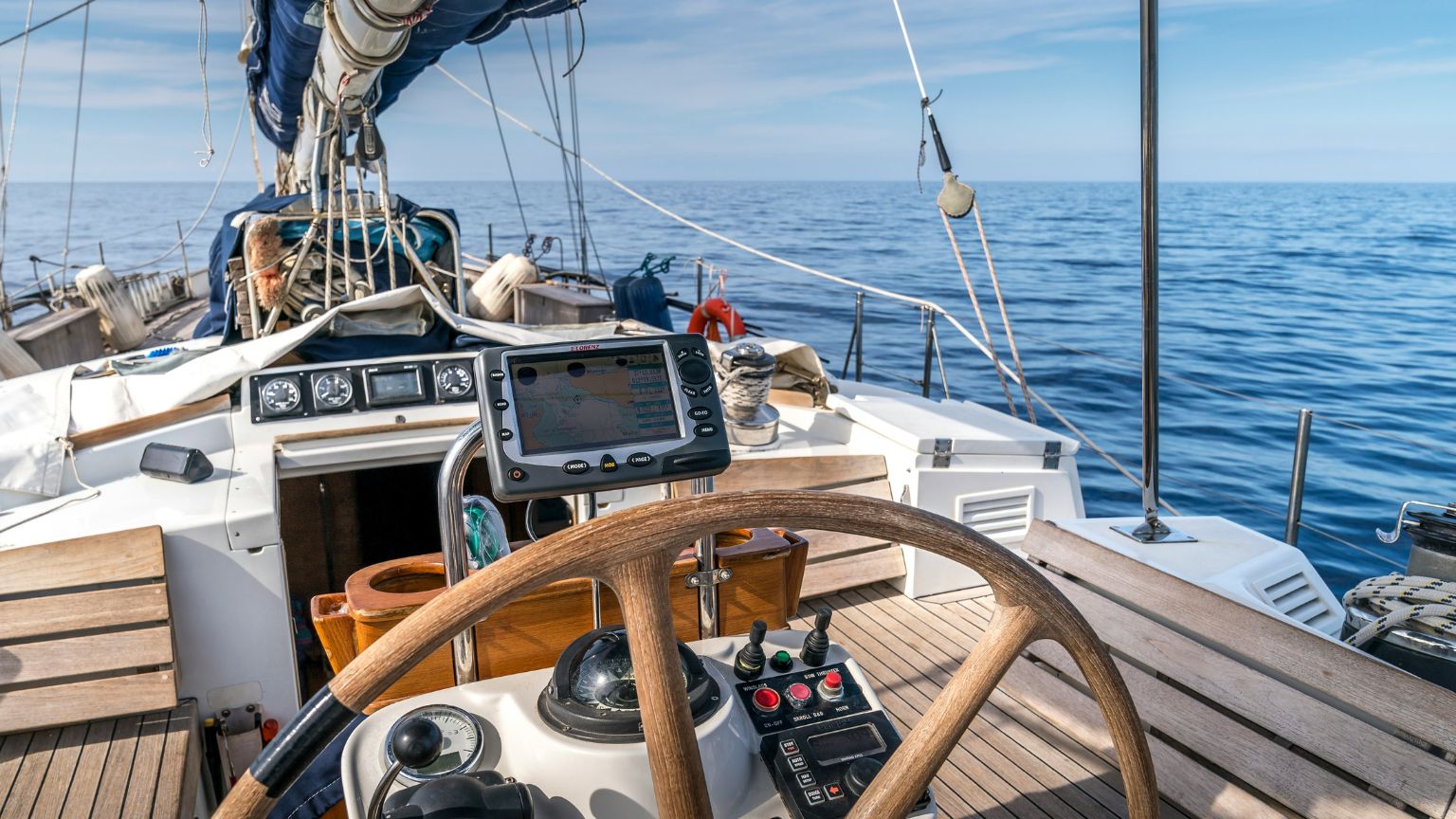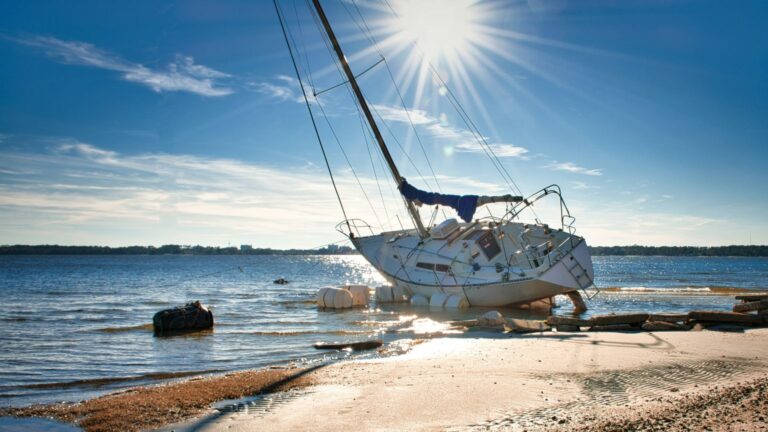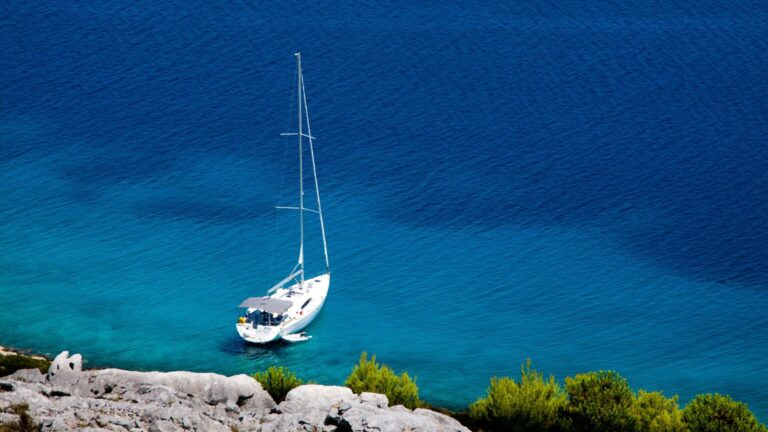Buying a sailboat is a dream for many, but it’s also a big decision that comes with a lot of questions. What type of boat should you choose? How much will it cost? Where will you keep it? Whether you’re a beginner looking for your first small cruiser or an experienced sailor thinking about long-term liveaboard life, finding the right sailboat is all about balancing your needs, sailing style, and budget.
Sailing isn’t just a hobby—it’s a lifestyle. Owning a sailboat gives you the freedom to explore coastal waters, cross open oceans, or even live full-time on the water. But along with that freedom comes responsibility: maintaining the boat, understanding navigation and safety, and planning for expenses like mooring fees, repairs, and equipment upgrades.
This FAQ is designed to help answer the most common questions about buying, owning, and maintaining a sailboat. Whether you’re wondering if a monohull, catamaran, or trimaran is right for you, debating between a new or used boat, or trying to figure out how much it really costs to own a sailboat, we’ve got you covered.
So let’s dive into the world of sailing and answer all your questions!
Sailboat FAQ
If you dream of setting sail, we’re here to help. Whether you’re looking to buy your first sailboat or improve your sailing skills, we share practical advice, insights, and real-life experiences from fellow sailors.

This FAQ is a work in progress—we are constantly expanding, updating, and improving it. As we learn more, gather new experiences, and hear from other sailors, we will continue to add new topics, refine details, and provide even more useful information. So check back regularly for updates, and if there’s something you’d like to see covered, let us know!
1. What Type of Sailboat Should I Buy?
The perfect boat depends on where, how, and how often you plan to sail. Here are the main types to consider:
- Day Sailers – Small, simple boats for short trips on lakes, rivers, and bays.
- Coastal Cruisers – Mid-sized sailboats (7.5–12 m / 25–40 ft) for exploring coastal waters.
- Bluewater Cruisers – Sturdy boats (10.5–15 m / 35–50 ft) designed for open ocean sailing.
- Liveaboard Boats – Comfortable, well-equipped boats for full-time living.
- Racing Sailboats – Lightweight, fast boats optimized for performance.
Tip: Consider where you’ll sail most often—calm lakes, coastal waters, or open oceans—and choose a boat suited to those conditions.
2. How Big of a Sailboat Do I Need?
The right size depends on your experience, crew, and sailing plans.
- Under 7.5 m (25 ft) – Good for beginners, lakes, and short coastal trips.
- 7.5–10.5 m (25–35 ft) – Great for coastal cruising, couples, and small crews.
- 10.5–13.5 m (35–45 ft) – Ideal for long-term cruising and ocean passages.
- 13.5+ m (45+ ft) – Suitable for large crews, liveaboard life, and serious expeditions.
Tip: Bigger isn’t always better—larger boats cost more to maintain and require more skill to handle.
3. Should I Buy a New or Used Sailboat?
Both options have pros and cons:
New Boat:
- Modern design, new technology, and no maintenance issues.
- Expensive ($100,000+ / €90,000+) and loses value quickly.
Used Boat:
- More affordable ($10,000–$100,000+ / €9,000–€90,000+), often comes with extra gear.
- Might need repairs and upgrades.
Tip: A well-maintained used boat can be a great deal—but always get a survey before buying.
4. What’s the Best Material for a Sailboat?
Sailboats come in different materials, each with pros and cons:
- Fiberglass – Lightweight, durable, and low maintenance.
- Steel – Strong, great for expedition boats, but requires upkeep.
- Aluminum – Lightweight, durable, and resistant to corrosion.
- Wood – Classic and beautiful but needs more maintenance.
Tip: If you’re sailing offshore, steel or aluminum offer the best durability in rough conditions.
5. How Much Does It Cost to Own a Sailboat?
Boat ownership isn’t just about the purchase price. Here’s what you need to budget for:
- Mooring and Dock Fees – $1,000–$10,000 (€900–€9,000) per year, depending on location.
- Maintenance and Repairs – 10–15% of the boat’s value annually.
- Insurance – $300–$5,000 (€270–€4,500) per year, depending on size and location.
- Upgrades and Equipment – Solar panels, navigation gear, safety equipment, etc.
- Fuel and Provisions – Diesel, food, and supplies for trips.
Tip: A good rule of thumb is that maintenance will cost at least 10% of your boat’s value per year.
6. Where Can I Store My Boat?
Depending on your location and budget, you have a few options:
- Marina Slip – Convenient but expensive.
- Mooring Ball – Cheaper but requires a dinghy for access.
- Dry Storage – Best for winter or long-term storage.
- At Home – If you have space, it’s the cheapest option.
Tip: If you plan to leave your boat unattended for long periods, winterize it properly to avoid damage.
7. What Sailing Gear Do I Need?
Every sailboat should have essential safety and navigation gear:
- Life jackets and harnesses
- Flares, fire extinguishers, and first aid kits
- VHF radio and emergency beacon (EPIRB)
- Anchor and rode
- Navigation tools (GPS, charts, compass)
- Solar panels or wind generator (for long trips)
Tip: The right gear can mean the difference between a safe passage and a disaster at sea.
8. How Do I Maintain My Sailboat?
Regular maintenance keeps your boat in top shape. Key tasks include:
- Hull Cleaning & Antifouling – Prevents marine growth and keeps the boat fast.
- Engine Checks – Regular oil changes and cooling system maintenance.
- Sail and Rigging Inspection – Look for wear, chafing, and corrosion.
- Electrical System Care – Keep batteries charged and wiring in good condition.
Tip: Create a maintenance checklist to stay on top of boat care.
9. Do I Need a Sailing License?
Sailing laws vary by country. Some places require a license, while others don’t.
- USA – No national license required, but local boating safety courses are recommended.
- UK – No license for private boats, but an RYA qualification is useful.
- EU – Many countries require an ICC (International Certificate of Competence).
- Australia/NZ – Some states require a license for certain boat sizes.
Tip: Even if it’s not required, taking a sailing course can improve your confidence and safety at sea.
10. What’s the Best Way to Learn to Sail?
There’s no substitute for hands-on experience. Try:
- Sailing Courses – RYA, ASA, or local clubs offer great training.
- Crew for Others – Volunteer on someone’s boat to learn skills.
- Charter a Boat – Rent a boat for a week to practice.
- Buy a Small Boat – A cheap dinghy or day-sailer is a great starter option.
Tip: Start small, gain confidence, and work your way up to bigger boats.
11. What’s the Best Time of Year to Buy a Sailboat?
- Late Summer / Fall – Many owners sell their boats before winter, meaning lower prices.
- Winter – Fewer buyers = better deals, but limited selection.
- Spring / Early Summer – Prices are higher because more people are shopping.
Tip: Look for a boat in the off-season for the best prices.
Final Thoughts
Sailing is an amazing adventure, but choosing the right boat, understanding the costs, and learning the skills are all important steps before setting sail. Whether you’re looking for a weekend cruiser, an ocean-crossing yacht, or a floating home, there’s a sailboat out there for you.
Got more questions? Join our community and let’s talk sailing!




